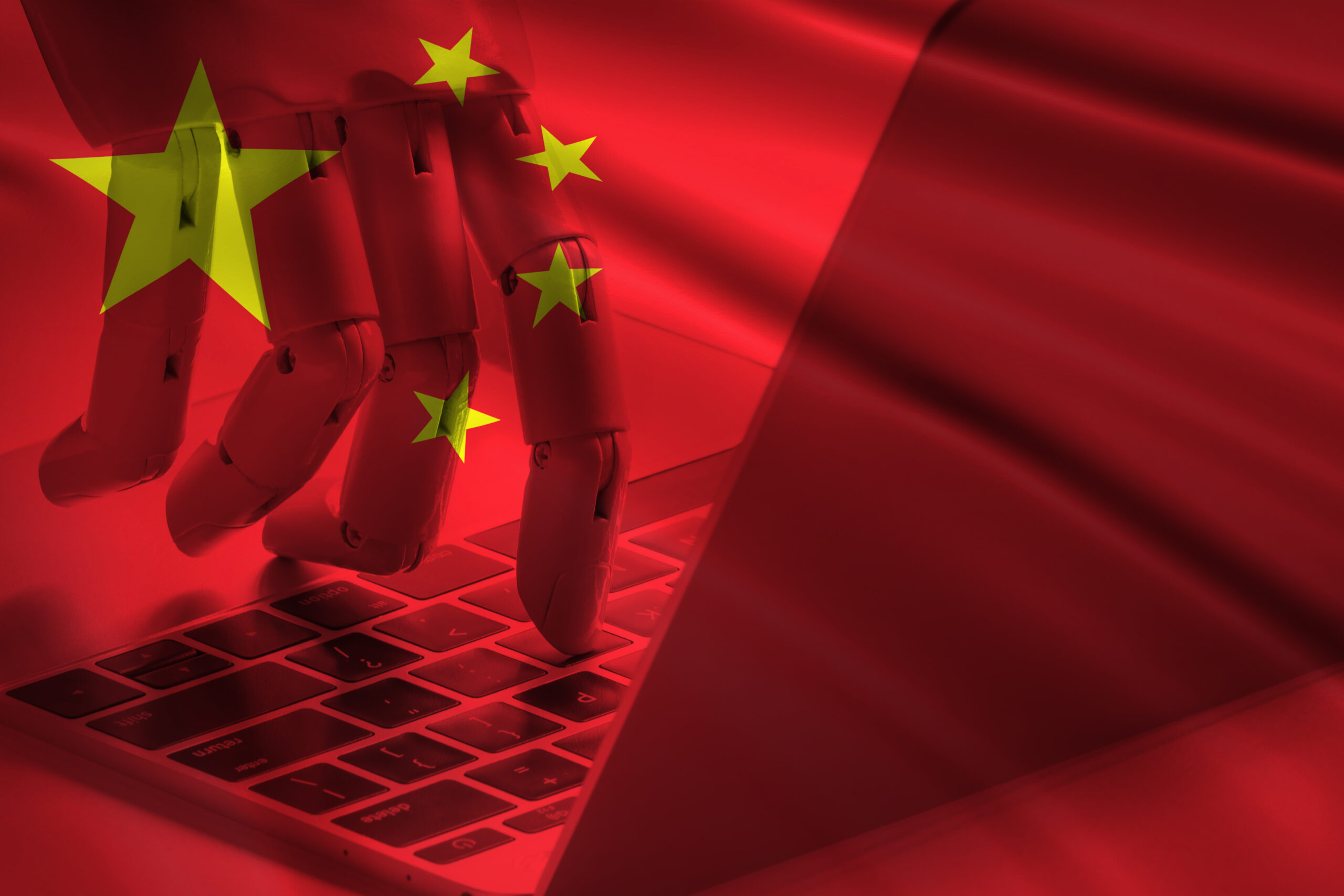China BUILDS AI Empire – U.S. Risks FALLING

China’s aggressive push toward artificial general intelligence is creating a global power shift that may soon leave America trailing behind in the technology race.
At a Glance
- China aims to become the global AI leader by 2030, already ranking first in AI research papers and patents since 2020
- The Chinese AI industry reached a value of RMB 508 billion (US$75 billion) in 2022, backed by massive state funding
- Wuhan has become a major testing ground for AI infused with Communist Party values, focused on “embodied” AI that interacts with real environments
- China’s multifaceted approach includes space-based supercomputing and integration of AI into social governance systems
- U.S. chip restrictions pose challenges to China’s ambitions, but indigenous workarounds are eroding America’s technological advantage
China’s Race to AI Dominance
China’s ambition to lead the world in artificial intelligence by 2030 is rapidly becoming reality. The communist nation has methodically executed its Next-Generation AI Development Plan (2017) and Made in China 2025 initiative with remarkable efficiency. By 2020, China had already claimed the top position globally for AI research papers and patents, establishing a foundation for technological superiority that continues to strengthen.
The growth trajectory of China’s AI industry has been steep, reaching a core industry value of RMB 508 billion (US$75 billion) in 2022, with technological hubs in Shenzhen, Beijing, and Shanghai spearheading development across multiple sectors.
Unlike the largely private-sector driven approach in America, China’s AI growth benefits from substantial state backing. The Bank of China has provided significant funding for AI projects, while government investments in critical infrastructure like 5G networks and data centers create the necessary foundation for large-scale AI models. Chinese tech giants including Baidu, Alibaba, Tencent, and ByteDance have invested heavily in large language models (LLMs), positioning themselves as global competitors to Western technology companies.
Wuhan: The Epicenter of China’s AI Revolution
Wuhan, known to many Americans primarily for its connection to the COVID-19 pandemic, has emerged as a critical center for China’s AI development. Scientists there are pioneering the integration of Chinese Communist Party values directly into artificial intelligence systems, potentially giving China a unique advantage in the race for artificial general intelligence (AGI). This approach goes beyond merely creating more efficient algorithms—it aims to build AI that reflects and reinforces the nation’s political ideology while advancing technological capabilities.
What sets China’s approach apart is its focus on developing “embodied” AI—systems that not only process information but also interact meaningfully with physical environments. By integrating AI into robotics, automobiles, mobile phones, and urban governance systems, China is creating practical, real-world applications that extend beyond the theoretical. This comprehensive strategy increases China’s chances of achieving true artificial general intelligence before Western competitors who may be overly focused on purely computational approaches.
Beyond Earth: China’s Space-Based AI Infrastructure
In a bold expansion of its AI capabilities, China launched Star Compute in May—a space-based supercomputing platform designed specifically for artificial intelligence applications. This orbital computing center represents a significant leap forward in processing power and demonstrates China’s commitment to building infrastructure that Western competitors may struggle to match. By establishing computing resources beyond Earth’s atmosphere, China is not only advancing its AI capabilities but also challenging America’s traditional dominance in space technology.
This space-based supercomputing initiative supports China’s broader goal of creating “value-driven” AGI for smart society and social governance—terms that many Western analysts interpret as mechanisms for enhanced social control. The merging of cutting-edge technology with state authority creates powerful tools for monitoring and influencing citizen behavior, raising significant concerns about digital authoritarianism. These systems could potentially export Chinese governance models to other nations through initiatives like the Digital Silk Road, which helps distribute Chinese AI technologies to developing economies.
America’s Challenge in the AI Race
U.S.-led semiconductor restrictions have created obstacles for China’s AI development, potentially slowing progress in certain areas. However, Chinese researchers and companies have responded by developing cost-efficient AI models and indigenous workarounds that are gradually eroding America’s technological advantages. Companies like DeepSeek have created innovative AI solutions that compete effectively in global markets despite export controls and sanctions, demonstrating China’s resilience and adaptability in the face of challenges.
The U.S. has responded to China’s advances by establishing the National Security Commission on Artificial Intelligence (NSCAI) and implementing various technology restrictions. However, many experts warn that America’s narrower approach to AI development—largely focused on large language models developed by private companies—may prove insufficient against China’s diverse, state-backed strategy. Without significant changes in approach and investment, the United States risks falling behind in a technological race with profound implications for future global leadership and national security.
























